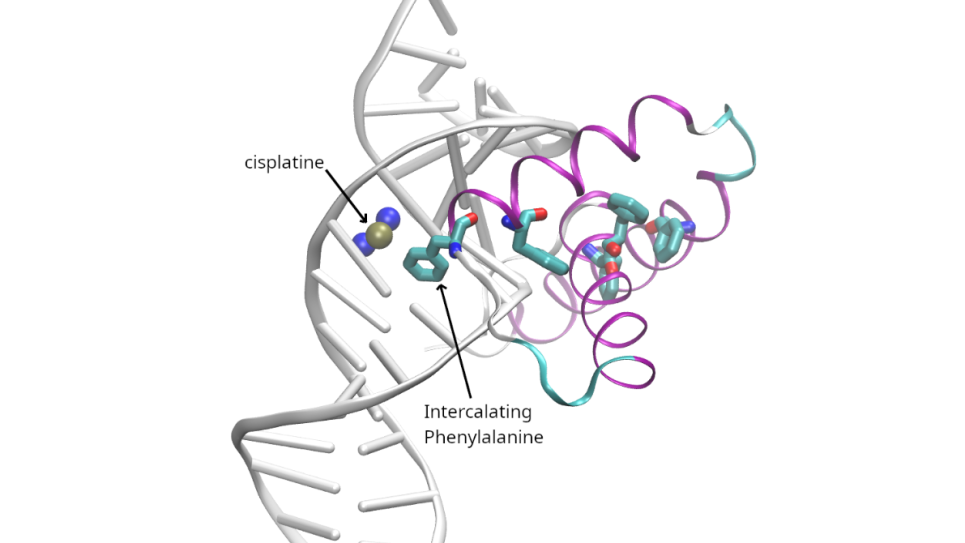
Heteropolymer Design Harnessing New and Emerging Computing Technologies
Advances in computational protein design have enabled researchers to design exotic heteropolymers that can be built from thousands of synthetic building blocks beyond the 20 canonical amino acids from which natural proteins are built. This has opened up new possibilities for designing lifesaving drugs tailored to perfectly recognize their targets, exotic nanomaterials with structure crafted at the level of the atom, and enzymes able to catalyze industrially useful chemical reactions for greener manufacturing. However, certain challenges remain, the biggest being computational tractability: heteropolymer design involves NP-hard optimization problems that are solved during the computational design phase and again during the computational validation phase.
With this INCITE project, researchers aim to improve classical computational methods for heteropolymer design and validation to better harness modern computing hardware. This will make more challenging, higher-complexity design problems tractable, and will permit exploration of new, higher-cost approaches that could improve accuracy and generality. The team will leverage DOE supercomputers to test and apply their new software at scale, and to explore new algorithms that become conceivable when certain tractability limits are surpassed. Mindful that classical computers will always have their limits with NP-hard problems, the team will adapt these methods to take advantage of quantum computing hardware for the most poorly scaling optimization steps in their pipeline. Since the quantum computers that can help solve these problems have not yet been built, DOE supercomputers will allow the team to simulate quantum algorithms on classical hardware to determine feasibility of the approach, scaling as problems grow large, and the impact of noise of the sort that one encounters on real quantum hardware. Finally, the researchers will apply these methods to difficult problems in drug and enzyme scaffold design, using supercomputers to design and validate exotic molecules, which will subsequently be synthesized and characterized in the wet lab. Ultimately, their research will provide industry and academic users with powerful new tools for producing useful, functional new molecules that are currently beyond the reach of present-day design approaches.


